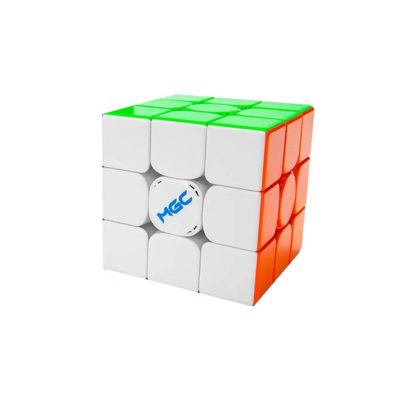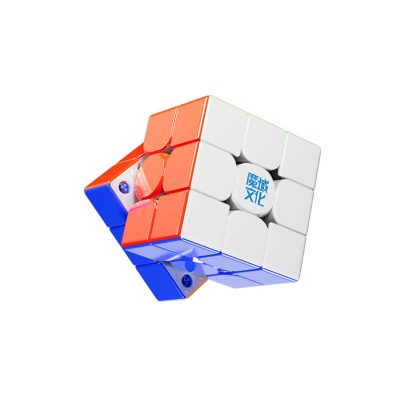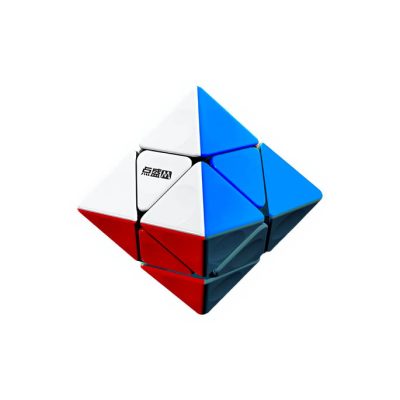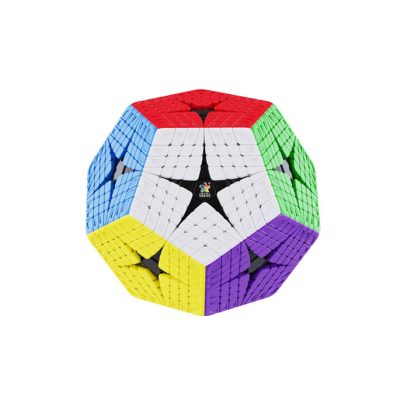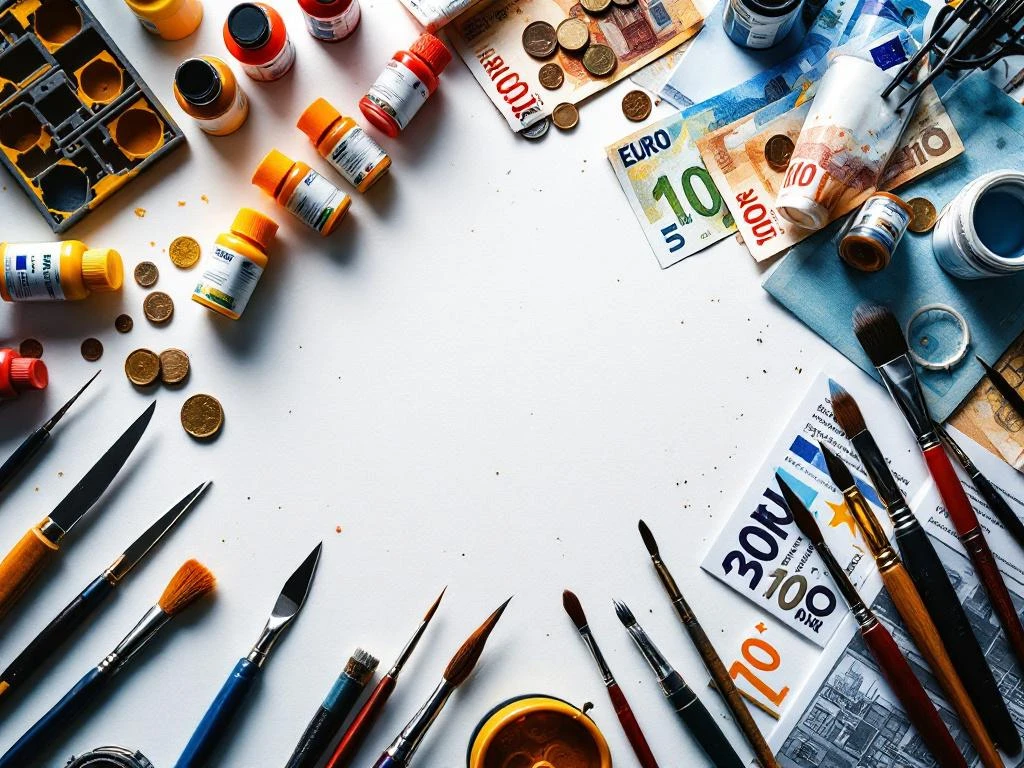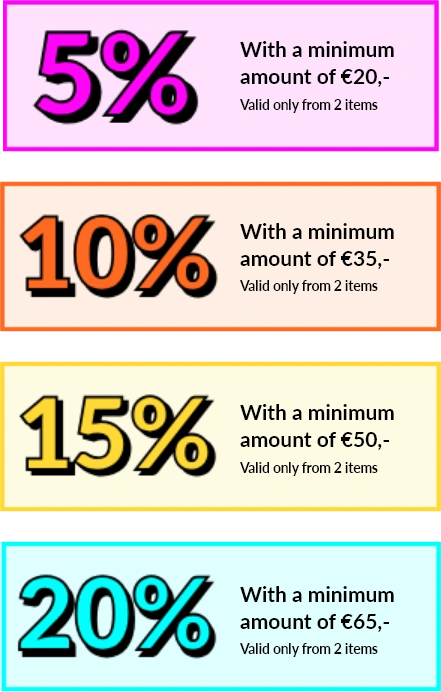-
 Dave Vinke
Dave Vinke
- Leestijd: 5 min
- Laatst geüpdatet: 07/08/2025
The best model glue depends on the material you’re using and the type of project you’re working on. For plastic models, plastic cement is often the best choice because it creates a chemical bond by melting the plastic. For quick repairs or joining different materials, super glue works excellently. Wood models require wood glue or PVA glue, while contact cement is perfect for large surfaces. Choosing the right glue makes the difference between a professional result and visible glue seams or weak joints.
What types of model glue are there actually?
In the world of model building, you’ll encounter various types of glue, each with their own specific properties and applications. The most commonly used types are plastic cement, super glue, wood glue, PVA glue, and contact cement.
Plastic cement is the standard for plastic model building. This glue contains solvents such as methyl ethyl ketone (MEK) or butyl acetate that dissolve the plastic surface. This causes the parts to literally fuse together into one whole. Drying time varies from 10 minutes for thin variants to several hours for thick cement. You use this type for plastic model aircraft, cars, and figures from brands like Airfix, Revell, and Tamiya.
Super glue, also known as cyanoacrylate, works completely differently. This glue hardens through contact with moisture and forms a mechanical bond between surfaces. Drying time is usually several seconds to minutes. Super glue is ideal for joining different materials like plastic with metal, or for small parts that need to be secured quickly.
For wooden model building projects, you use wood glue or PVA glue. Wood glue penetrates the wood fibers and forms a strong bond after drying. PVA glue (polyvinyl acetate) is water-soluble and dries clear, making it suitable for paper, cardboard, and light wood types. Drying time is usually 30 minutes to several hours.
Contact cement works very differently. You apply this glue to both surfaces, let it dry until it feels tacky, and then press the parts together for an immediate, strong bond. This type of glue is perfect for large surfaces like paneling or covering models with fabric or leather.
How do you choose the right glue for plastic models?
When choosing glue for plastic models, you must first look at the type of plastic you’re using. Most model building kits are made of polystyrene, for which plastic cement is the best choice. For polyethylene or polypropylene parts, you need special glue, because normal plastic cement doesn’t adhere to these.
The thickness of the glue also plays an important role. Thin plastic cement like Tamiya Extra Thin Cement flows into seams through capillary action and is perfect for securing well-fitting parts. You first bring the parts together and then let a drop of glue run into the seam. This method prevents excess glue and gives the cleanest joints.
Thick plastic cement, like Revell Contacta Professional, stays in place better and is ideal for filling small holes or joining parts that don’t fit perfectly. Brands like Humbrol also offer gel variants that don’t drip and give more control during application.
For transparent parts like cockpit windows, you use special glue that doesn’t leave white haze. Microscale Kristal Klear or PVA glue are good options for this. These glues dry clear and don’t damage the transparent plastic.
Also pay attention to the applicator. Fine needles or brushes give more precision than tubes with wide openings. Some model builders even use dental tools or special applicators for ultra-precise work.
What is the difference between super glue and plastic cement?
The fundamental difference between super glue and plastic cement lies in how they work. Plastic cement dissolves the surface of plastic, causing the molecules of both parts to mix and form one whole after drying. We call this a chemical bond. Super glue, on the other hand, hardens between the surfaces and forms a mechanical bond, like a very strong double-sided tape.
Drying time differs enormously between both types. Super glue hardens within seconds to minutes, depending on the thickness of the layer and air humidity. Plastic cement needs more time, from 10 minutes for initial adhesion to 24 hours for complete curing. This gives you more time to position parts with plastic cement, but also means you have to wait longer before you can continue working.
In terms of strength, both types of glue are different. A well-executed joint with plastic cement is often stronger than the surrounding plastic, because the parts have literally been fused. Super glue can also be very strong, but the bond can become brittle and is more sensitive to shocks or bending.
For model building, each type has its advantages and disadvantages. Plastic cement gives invisible seams with well-fitting parts and is ideal for the main construction of plastic models. The longer drying time gives you time to position parts perfectly. Super glue is better for gluing small details, different materials, or when you want to work quickly. The disadvantage is that excess super glue can leave white haze and is difficult to remove.
Why is the right glue so important for model building?
The choice of glue has a direct impact on the final result of your model building project. Wrong glue can lead to visible glue residue, white haze on transparent parts, or even damage to delicate components. A model with sloppy glue work looks unfinished, regardless of how beautifully you’ve painted or detailed it otherwise.
Common problems arise from using too much glue. Excess plastic cement can melt away details or form ugly craters in the plastic. Super glue that ends up next to the joint often leaves white spots that are difficult to remove. These mistakes often cannot be repaired without visible traces.
Weak joints are another common problem. If you use super glue on greasy surfaces or plastic cement on materials it doesn’t work on, parts can come loose during handling or transport of your model. This is extra frustrating after hours of work on details and painting.
For professional results, it’s important to use the right type of glue in the right amount. Always work on a clean surface, use tools like tweezers for small parts, and practice first on scrap material if you’re trying a new type of glue. Patience is also important: give glue enough time to cure before continuing work.
Where can you find high-quality model glue and accessories?
For quality glue and model building materials, you can visit specialized hobby shops and web stores. The advantage of a good supplier is that you not only get the products, but also advice on which glue best suits your project. Reliable shops have a wide assortment of different brands and types, so you can always find the right glue for your specific application.
Online shopping offers the advantage of a larger assortment and the ability to compare at your leisure. When choosing a web store, pay attention to factors like delivery time, return policy, and customer service. A shop that delivers quickly prevents your project from stalling because you have to wait for materials.
With us, you’ll find an extensive assortment of model building products including various types of glue and accessories. We understand that hobbyists often need multiple products at once, which is why we offer automatic discounts on multiple items. Our discount rules even apply to the newest products in our assortment.
With our same-day shipping until 23:30, you’ll have your order in hand the next day, so you can continue with your project immediately. As a Thuiswinkel Waarborg certified web store, we guarantee safe shopping and excellent service. Whether you’re a beginning model builder or an experienced hobbyist, with us you’ll find the right products for your project.
Table of contents
Much viewed
More blogs

What paint do you use for model building?

